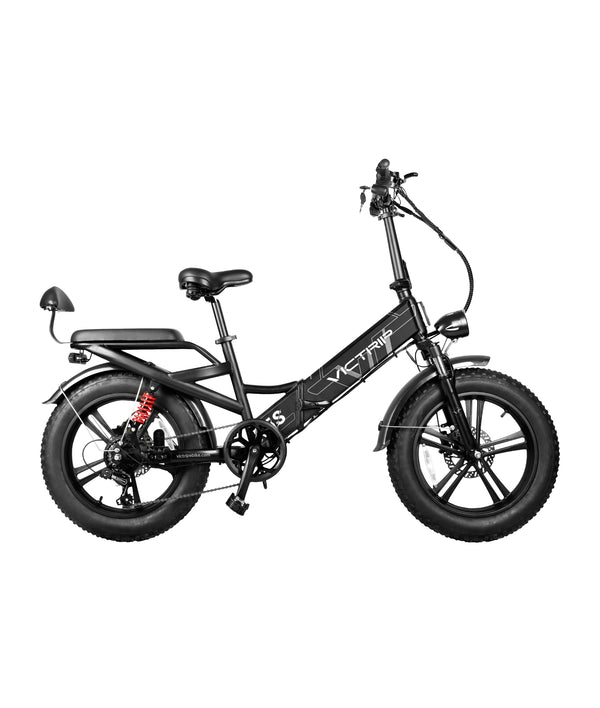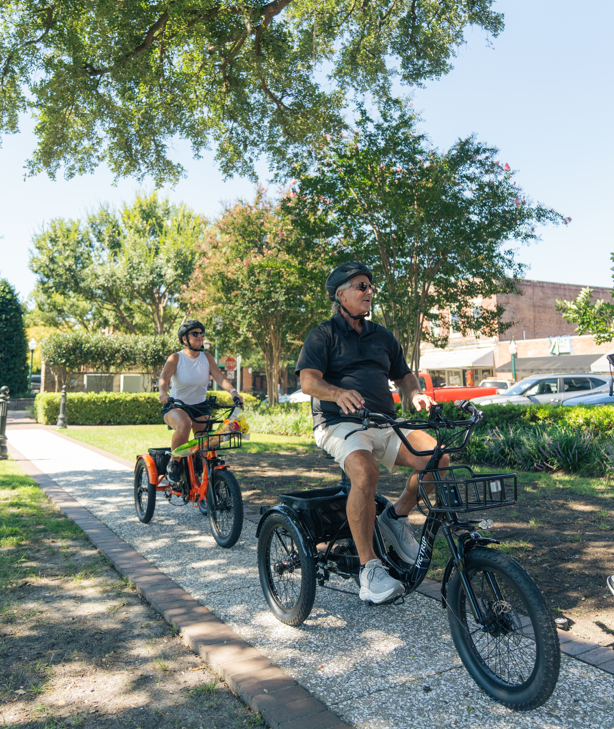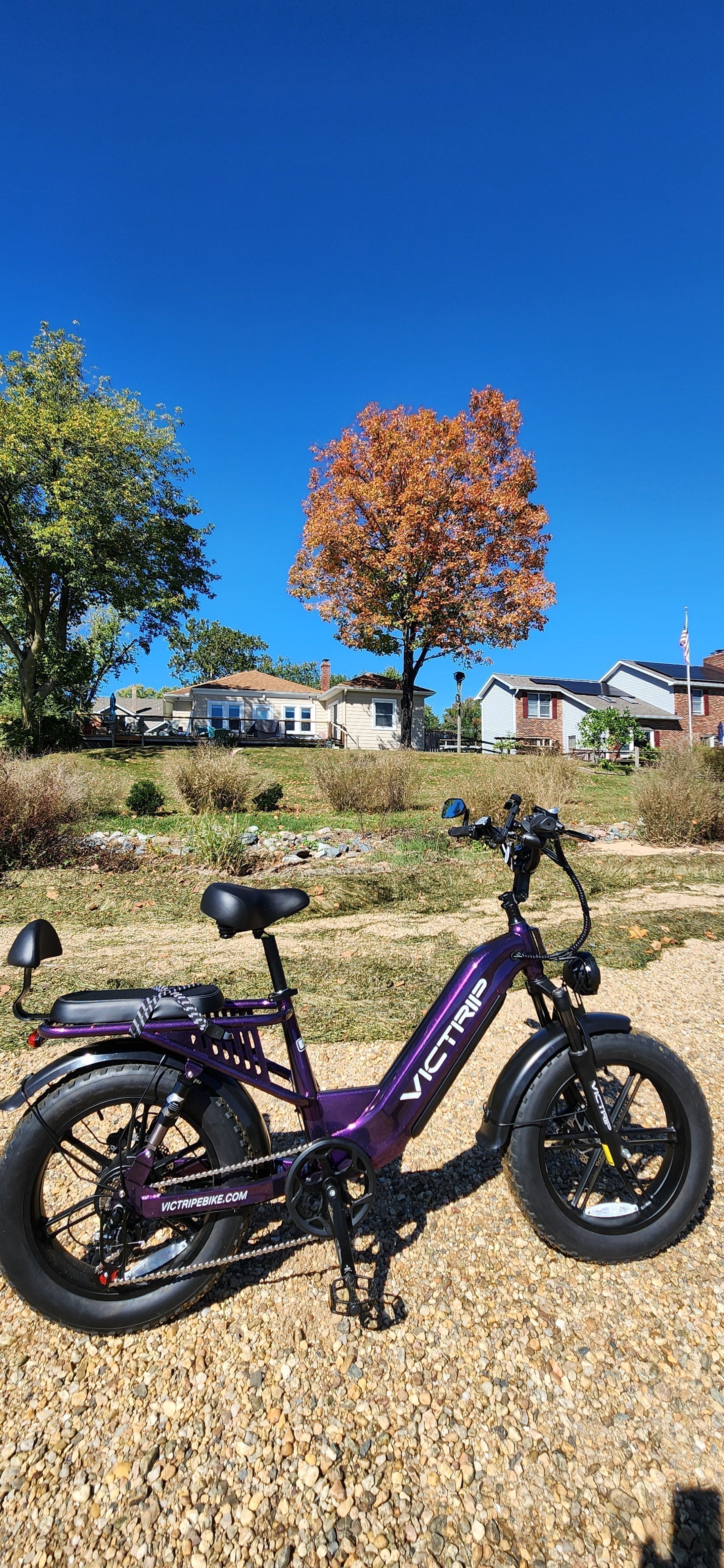Electric bikes have surged in popularity, offering a blend of pedal-powered charm and motorized assistance. Among the many styles, beach cruiser eBikes and commuter eBikes are two of the most sought-after categories. While both serve as excellent transport solutions, their design philosophies and riding experiences differ dramatically.
What is a Beach Cruiser eBike?
A beach cruiser eBike is the electrified version of the classic cruiser bicycle—originally popularized in the 1930s for its relaxed, upright riding style and vintage aesthetic. Modern electric versions amplify the laid-back experience with pedal-assist motors, making seaside rides or leisurely park cruises effortless.
Typical Features of Beach Cruiser eBikes
-
Upright frame geometry for maximum comfort
-
Balloon tires that absorb road bumps
-
Swept-back handlebars to keep wrists relaxed
-
Wide, cushioned saddles for extended comfort
Pros and Cons of Beach Cruiser eBikes
Pros
-
Exceptional comfort
-
Stylish, retro-inspired looks
-
Great for casual rides
Cons
-
Lower top speeds
-
Less efficient over long commutes
-
Heavier frame designs
What is a Commuter eBike?
A commuter eBike is engineered for urban efficiency, combining lightweight frames, narrow tires, and optimized gearing to handle daily travel. These bikes prioritize speed, agility, and battery range—ideal for navigating city traffic and covering longer distances quickly.

Typical Features of Commuter eBikes
-
Lightweight aluminum or carbon frames
-
Narrow, high-pressure tires for speed
-
Integrated racks and fenders for practicality
-
Longer battery ranges and higher top speeds
Pros and Cons of Commuter eBikes
Pros
-
Faster travel times
-
Efficient over long distances
-
Designed for daily reliability
Cons
-
Less comfort on bumpy paths
-
Requires a more engaged riding posture
7 Key Differences Between Beach Cruiser and Commuter eBikes
| Feature | Beach Cruiser eBike | Commuter eBike |
|---|---|---|
| Frame Design | Relaxed, upright posture | Streamlined, aerodynamic |
| Tires | Wide balloon tires | Narrow high-pressure tires |
| Riding Position | Back-straight comfort | Forward-lean for speed |
| Speed | Moderate | High |
| Battery Range | Medium | Long |
| Comfort Level | Very high | Moderate |
| Terrain | Boardwalks, parks | Streets, bike lanes |
How to Choose the Right eBike for Your Lifestyle
When deciding between a beach cruiser and a commuter eBike, ask yourself:
-
Where will you ride most often?
-
Do you value comfort over speed?
-
What’s your typical riding distance?
-
Do you need cargo-carrying capability?
Maintenance and Care Tips
-
Keep the chain lubricated for smooth pedaling.
-
Charge the battery before it drops below 20%.
-
Clean the frame and tires regularly to prevent wear.
Cost Comparison and Value for Money
-
Beach Cruiser eBikes: $1,200–$2,500
-
Commuter eBikes: $1,500–$4,000
Commuter models often cost more due to higher-end components and extended range capabilities.
TOP PICK

VICTRIP®R5S Folding Electric Bike
Real-World Use Cases
-
Beach Cruiser eBike: Weekend coastal rides, park leisure trips, neighborhood cruising
-
Commuter eBike: Daily office commutes, errands in the city, fitness rides
Conclusion
Choosing between a beach cruiser eBike and a commuter eBike comes down to lifestyle. If you prioritize comfort and leisurely rides, the cruiser wins. If speed, range, and efficiency matter most, a commuter eBike is your best ally.
FAQs
Q1: Can I use a beach cruiser eBike for commuting?
Yes, but expect slower speeds and more weight compared to a commuter model.
Q2: Which is better for long rides?
A commuter eBike, thanks to its range and speed.
Q3: Do both types have pedal-assist?
Most modern versions do, but always check specs.
Q4: Which is easier to maintain?
Both require similar maintenance, but cruisers may have simpler gearing.
Q5: Are beach cruisers good for hills?
Not ideal—they're designed for flat terrain.





Share:
How to Choose the Best Electric Tricycle for Your Needs?
The Electric Bike That Feels Like a Mini Motorcycle